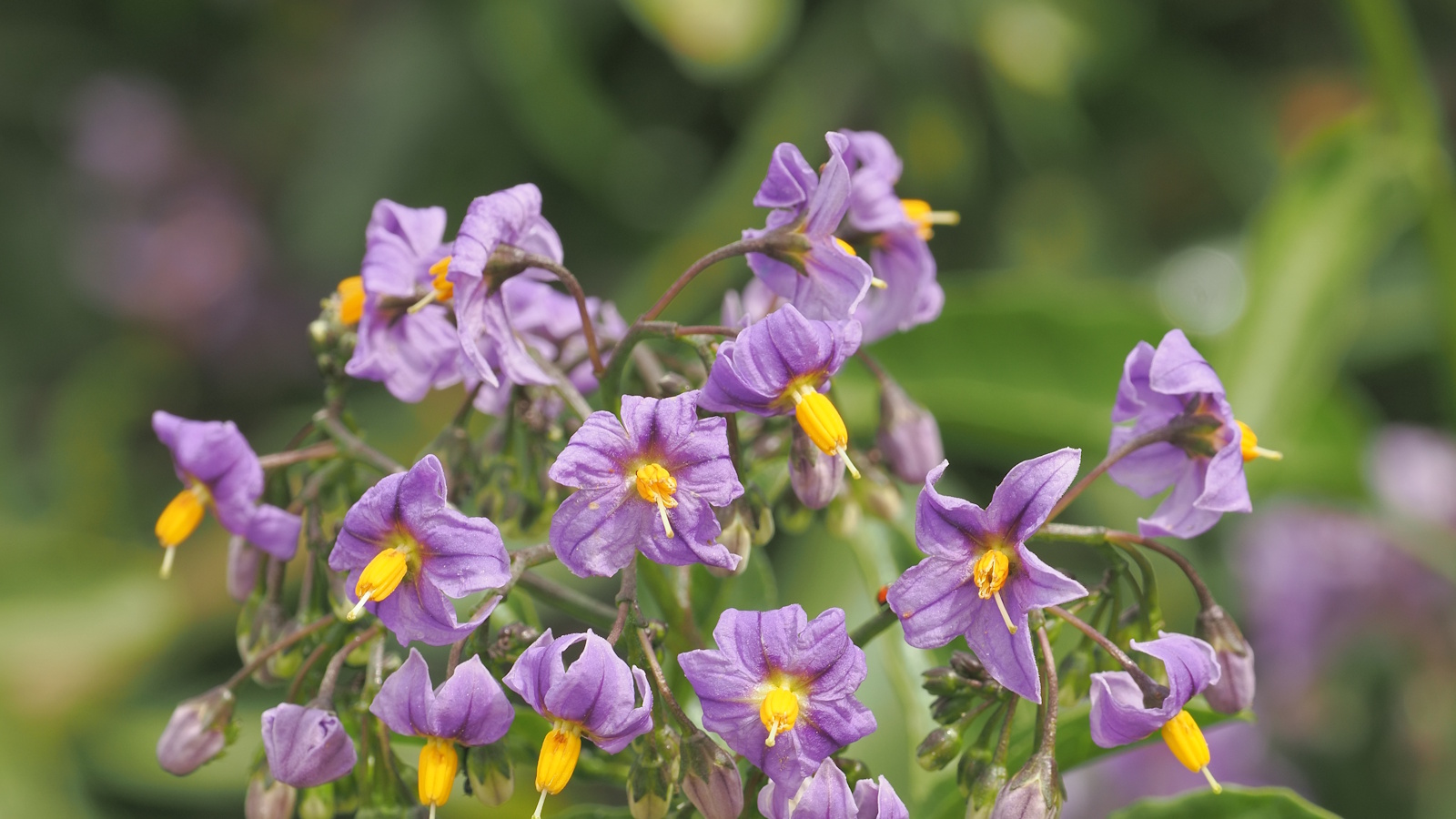
Climbers can transform any garden, whatever the size. Whether you have a small urban balcony or large rural plot, using one or two of the easiest climbers that are fast-growing and resilient will help to maximize greenery and create a lush (and living) backdrop.
As a former professional gardener, I have planted and maintained many different climbing plants and understand the value they bring to any garden. Whether you enjoy the fragrance of star jasmine or the colorful canopy of Virginia creeper, not only can climbers soften hard landscaping, they add visual interest to outside spaces. And, let's face it, no one wants to see bare walls and empty fences when they look out of the window.
Here, I share five of the easiest climbers to grow, including some of the easiest perennial and evergreen vining plants, each offering a unique combination of beauty and practicality. So, whether you are a novice gardener or simply looking for low-maintenance solutions, these climbers will make an impact.
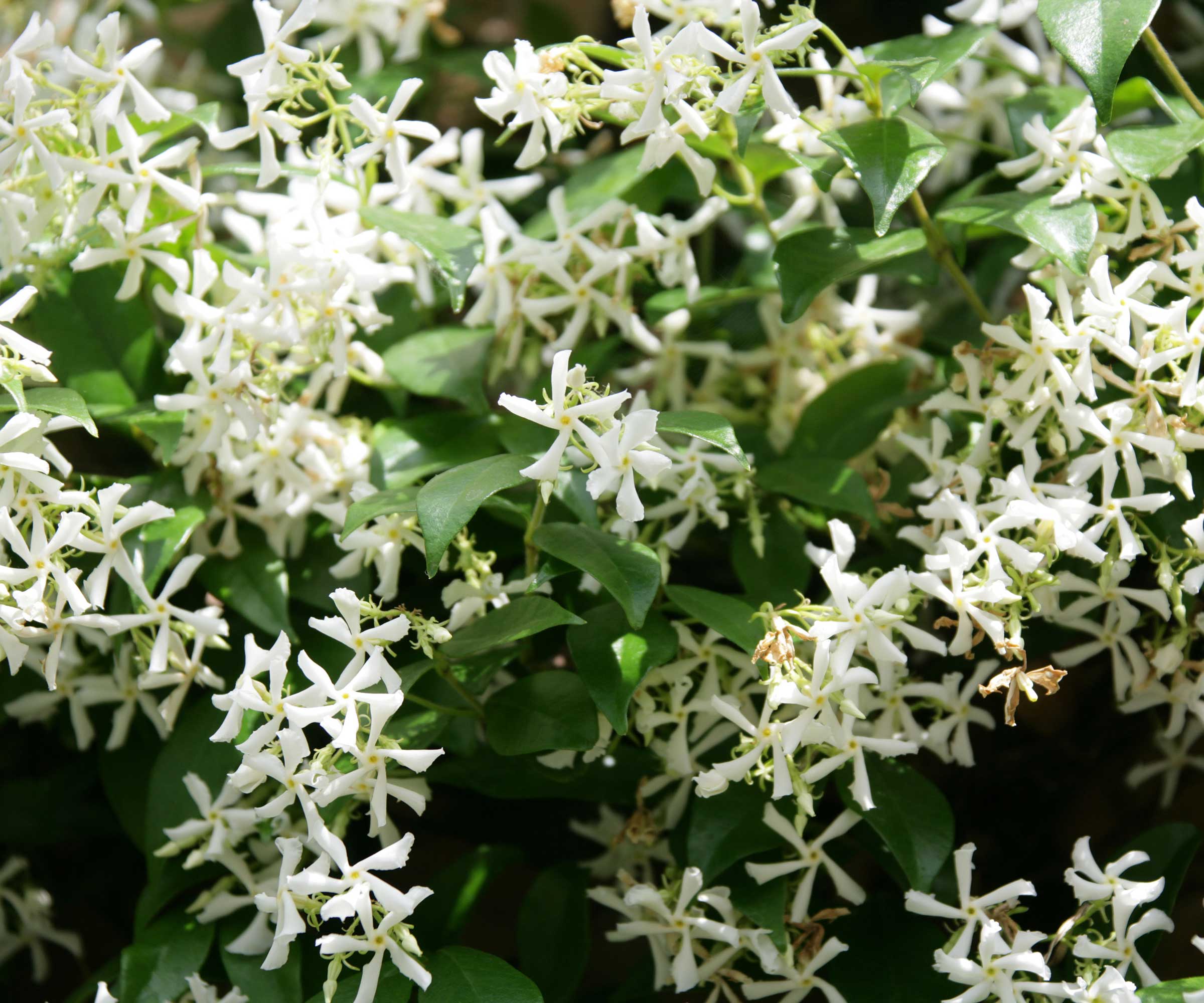
Easiest climbers to grow
When choosing climbing plants, it’s important to consider what works best for your yard. The climate, US hardiness zone and the growth habits of the species you want to grow should all be understood to avoid gardening mishaps. Many flowering climbers, for example, like full sun, while some evergreens might prefer part-shade. With the right selection, the vertical surfaces in your yard will soon be transformed. Here are five of the easiest climbers to grow, with tips and advice from expert gardeners.
1. Creeping fig
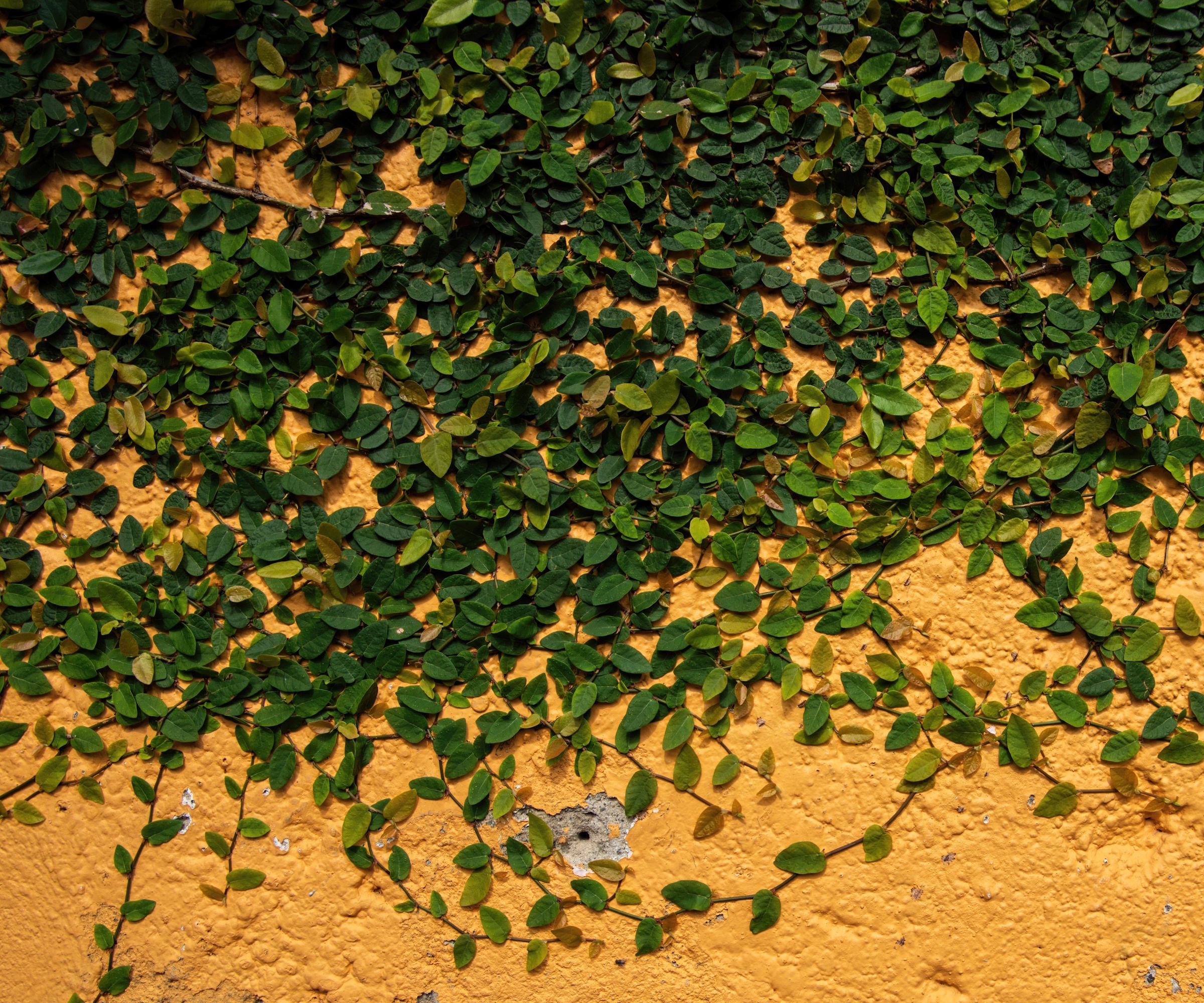
One of the easiest climbers to cover a bare wall is the creeping fig, available to order from Perfect Plants nursery. 'The creeping fig, Ficus pumila, would be a great choice if you are looking for low-maintenance vines,' says Alex Kantor, owner of Perfect Plants Nursery.
'It is a fast-growing vine that can effectively fill fences, walls and pergolas with evergreen foliage,' Alex adds, 'eventually reaching a mature size of 10 to 15 feet. It prefers partial to full shade and is adaptable to a variety of soil types.
'In cooler regions you may experience some defoliation in the colder months, but generally speaking, from US hardiness zone 8 and above, this species is evergreen, making for an ideal choice if you are seeking winter climber ideas.
'Regular watering, especially during dry spells, will help establish the vine,' Alex says. 'It's important to prune creeping fig regularly to maintain its growth and prevent it from spreading beyond its designated area, which can be done at any time of year.'
2. Star Jasmine
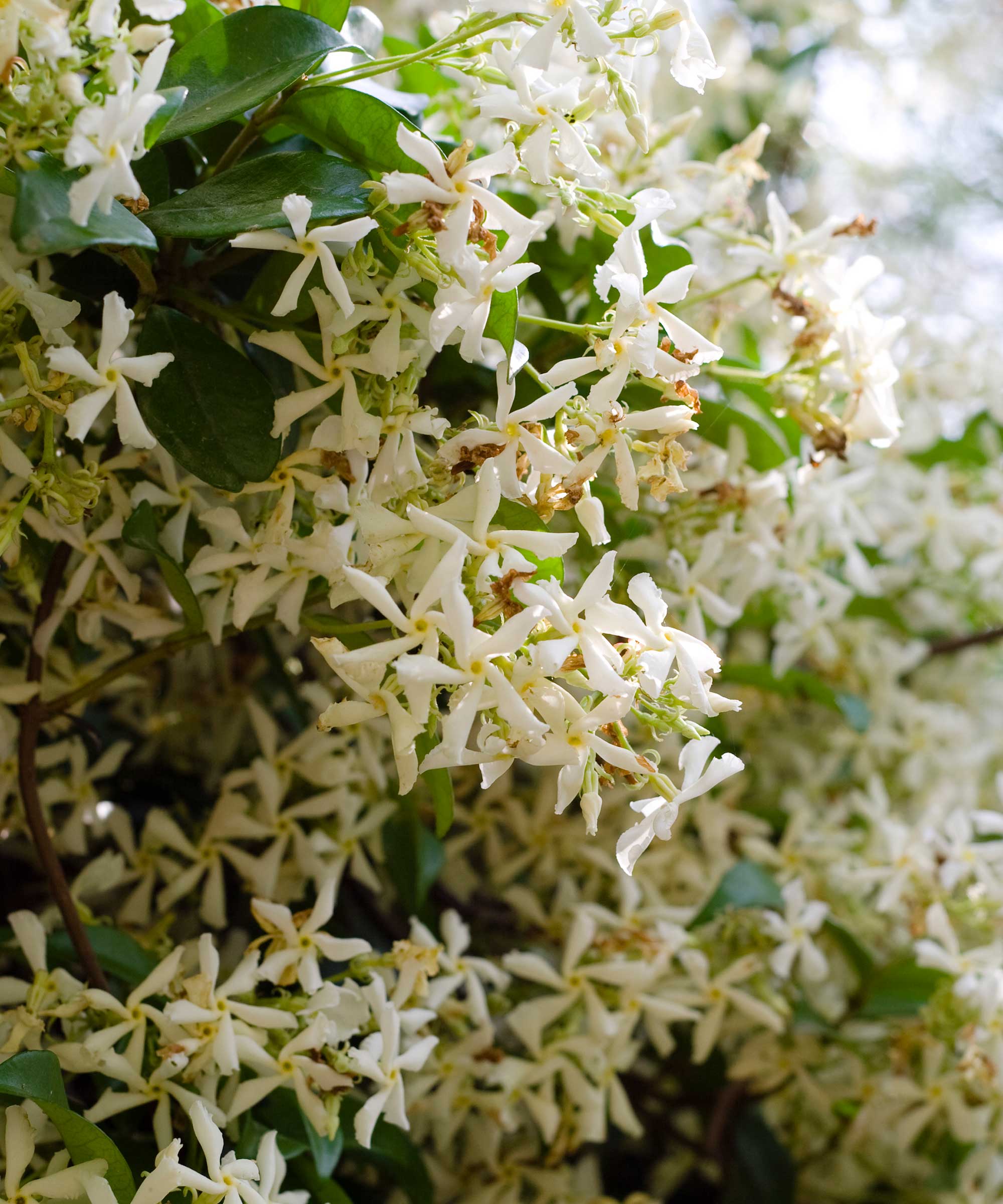
'Star jasmine is always a popular choice with gardeners,' Alex continues. 'Often thought of as one of the best evergreen climbers, star jasmine, or Trachelospermum jasminoides, will fill you yard with lush foliage and fragrant flowers in spring and summer.
'In terms of learning how to grow star jasmine, it can be planted from US hardiness zone 8 to zone 10. It is an adaptable vine that can be grown in various light and soil conditions,' Alex adds. Star jasmine live plants can be ordered online at Perfect Plants nursery.
'Be sure to use a sturdy trellis or support structure for star jasmine to climb, however, to prevent this climber toppling over. Regular pruning can help control its growth and shape, which is best done after the blooming period.'
3. Chilean Potato Vine
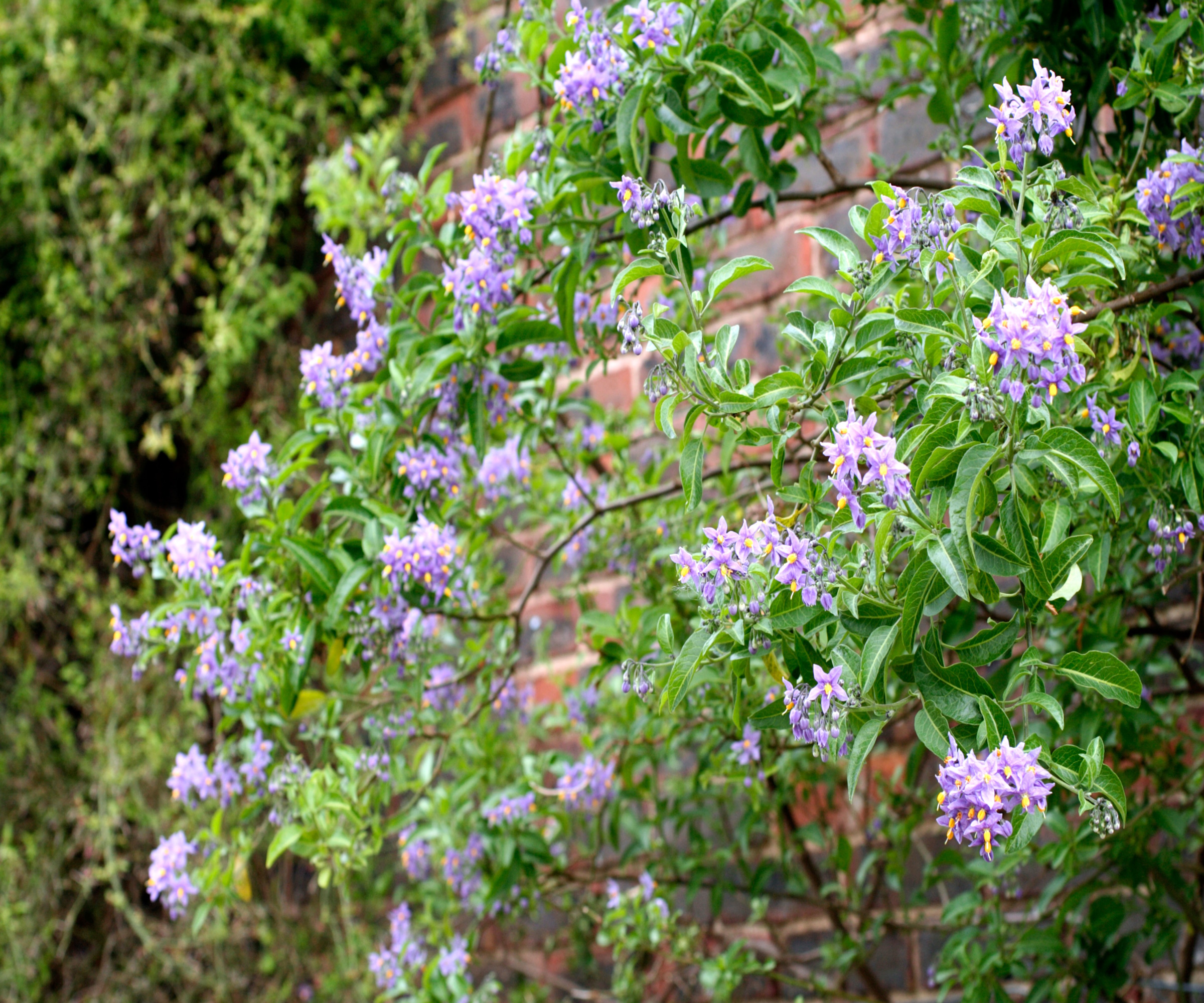
The Chilean potato vine, or Solanum crispum, is certainly one of the easiest climbers to grow. Here in the UK, it can often be seen tumbling over garden walls and filling vertical structures with attractive lilac blooms in summer.
Native to South America, it thrives in US hardiness zone 9 plus, preferring a sunny position and moist but well draining soil. This species could be grown in a pot and protected during the winter, which might be the best option if you reside in a cooler area, such as US hardiness zone 5.
As seen in the images here, the Chilean potato vine produces dense clusters of small, purple-blue flowers with bright yellow centers throughout the summer. Pruning your vine after flowering, usually around August or September, will encourage healthy growth and keep it under control.
Many Solanaceae species, otherwise known as the nightshade family, are considered poisonous plants as they contain alkaloids. Keep an eye on pets and children if you grow the Chilean potato vine, as all parts are toxic and if consumed in large doses, can be fatal. For more information, Wicked Plants by Amy Stewart is a fascinating read, available from Amazon.
These brightly-colored gardening gloves have a cushioned palm to prevent blisters when working in the yard.
These popular red and white Okatsune pruners will help to keep your climbing plants in check when pruning.
This reusable wire is perfect for tying in and supporting your climbing plants as they cover fences and walls.
4. Virginia creeper
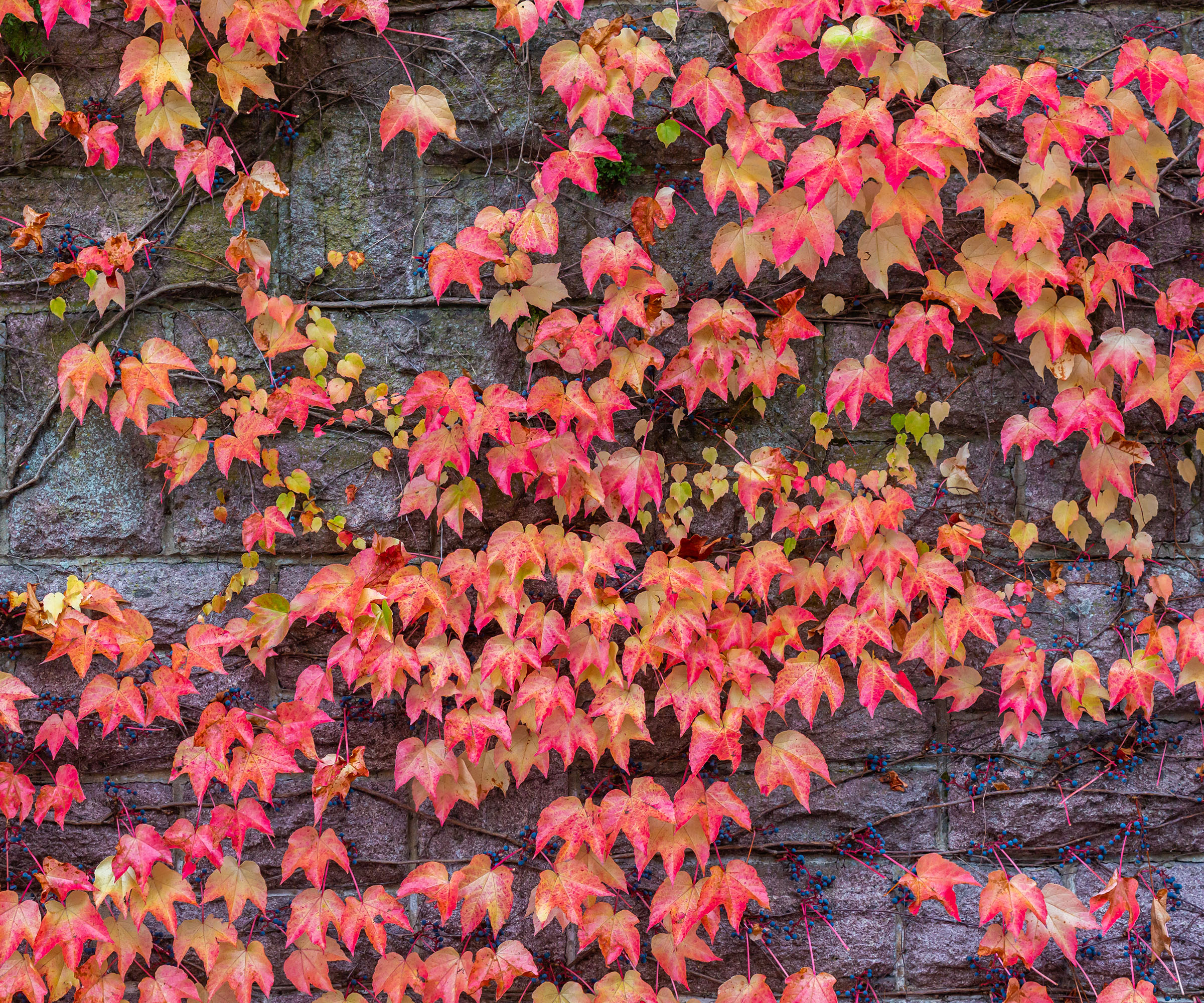
Virginia Creeper, or Parthenocissus quinquefolia, is unrivalled when its comes to fall foliage. This climbing plant is famed for its spectacular crimson red-orange display from October, which looks particularly impactful when covering exterior walls.
Versatile and resilient, this vine can be grown from US hardiness zone 4 to zone 9, tolerating sun or shade and thriving in a wide range of soils. Despite losing its leaves in winter, the bare structure of the plant can maintain garden interest, even in December and January.
Once established, Virginia creeper requires little maintenance, although I would suggest pruning every year to control its spread. Older vines with expansive spreads can pose a risk to exterior walls, as the weight of the climber may damage fragile masonry or fencing. Be sure to support your vines by regularly tying them in.
Virginia creeper live plants are available to order from Amazon.
5. Passion Flower
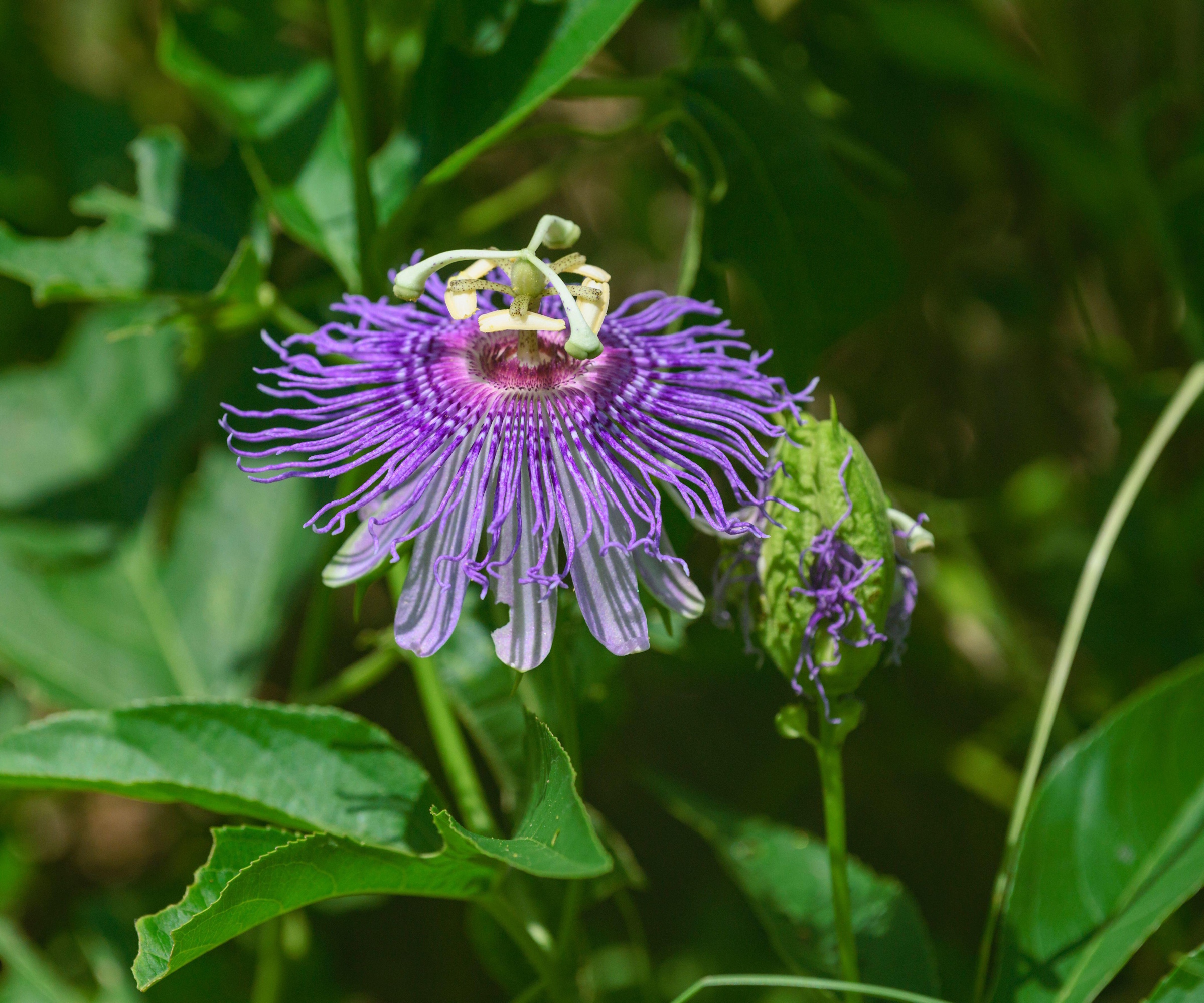
Growing best from US hardiness zone 6 to zone 10, passion flowers are the ultimate flowering climber. 'There are approximately 600 species of passion flower, and many hundreds of hybrids as well,' says Myles Stewart Irvine, garden expert and passion flower breeder.
'For cooler regions, try the native Passiflora incarnata - or the maypop - that can even cope with zone 5,' Myles says. 'In terms of learning how to grow passion flowers, most love full sun and free draining soil. They are also natural climbers so will readily grow up trellis, garden wires, mesh or even bamboo canes.'
Be warned, however, that Passiflora incarnata is considered an invasive climber by some as it can 'throw up runners everywhere, as indeed can the common passion flower Passiflora caerulea,' Myles adds. Growing in a pot can help to reduce this threat.
'Hybrids are a better option as they usually produce few runners and less fruit,' Myles says. 'Of course, I recommend my hybrids: ‘Betty Myles Young’, ‘Damsel’s Delight’ and ’Snow Queen'.
For another unusual hybrid, try growing this 'Scarlet Flame' passion flower, available from Amazon. With crimson petals, this fragrant climber will steal the show wherever it is planted.
FAQs
What are the easiest climbers to grow in containers?
If you are short on space and looking to grow climbers in pots, stick with flowering vines that can add impact and color. Passion flowers are the obvious choice but do require warmer weather to thrive. If you reside in a cooler region, try growing the evergreen clematis, Clematis armandii, which will provide year-round greenery as well as fragrant white blooms in spring. Clematis armandii plants are available to order online from Amazon.
Whatever climbers you grow, be sure to tie in old and new shoots before the fall and winter months. Strong winds, heavy rain and snow can damage stems, so it is best to loosely tie plants to garden walls, fences and structures, to avoid gardening disappointment. I recommend using a product like these reusable Velcro ties from Amazon, which are incredibly effective.
Looking for some more fool-proof plants to fill your yard with greenery this year? Check out our guide to the easiest evergreen trees to grow, which will retain foliage year-round, meaning that your borders will stay full of color and structure, whatever the season.







